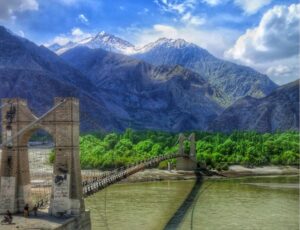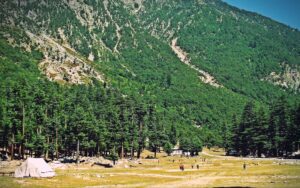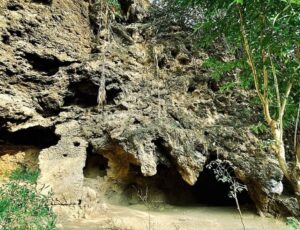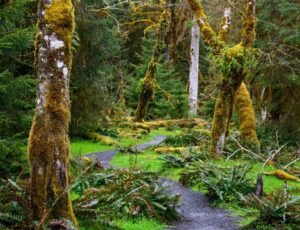Introduction
The largest remaining section of old-growth bottomland hardwood forest in the United States is found at Congaree National Park, which includes the massive Congaree Swamp. This park, located between the Congaree and Wateree rivers, is an ecologically significant area in the southeast of the United States, home to many champion trees and a wide variety of plant and animal species. This South Carolina national park offers vistas of old-growth woods, a diverse range of plant and animal species, and champion trees. Mission Peak via Hidden Valley Trail resembles it in every way, and is a must-visit for kids and families on vacation.
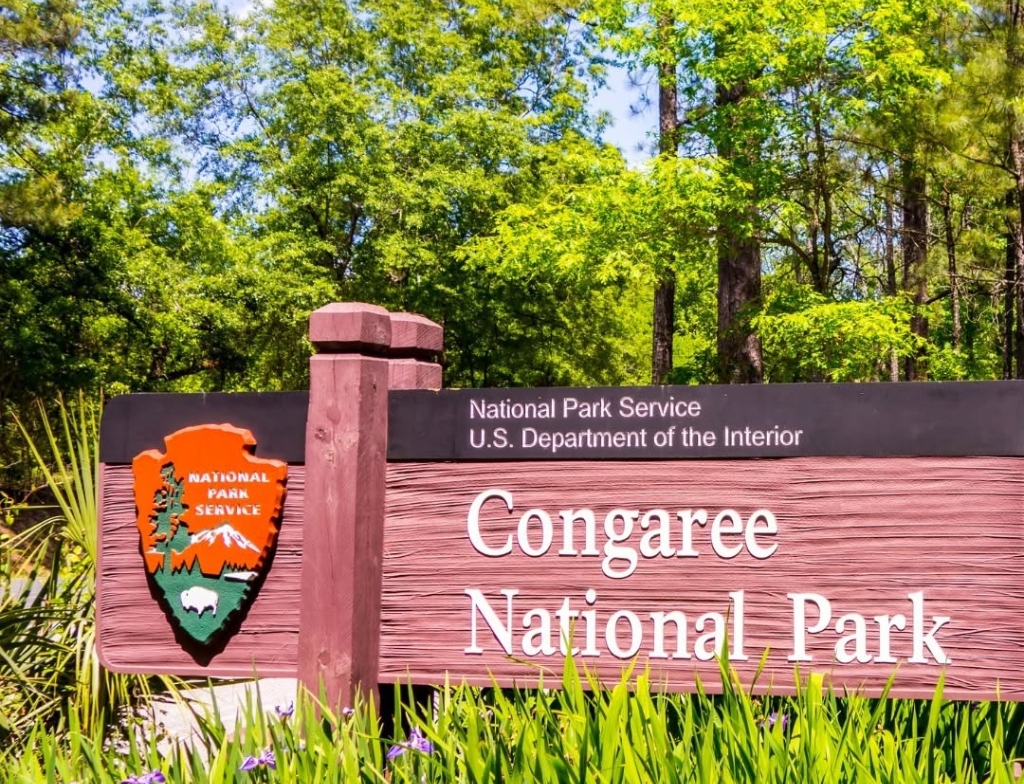
Congaree National Park camping
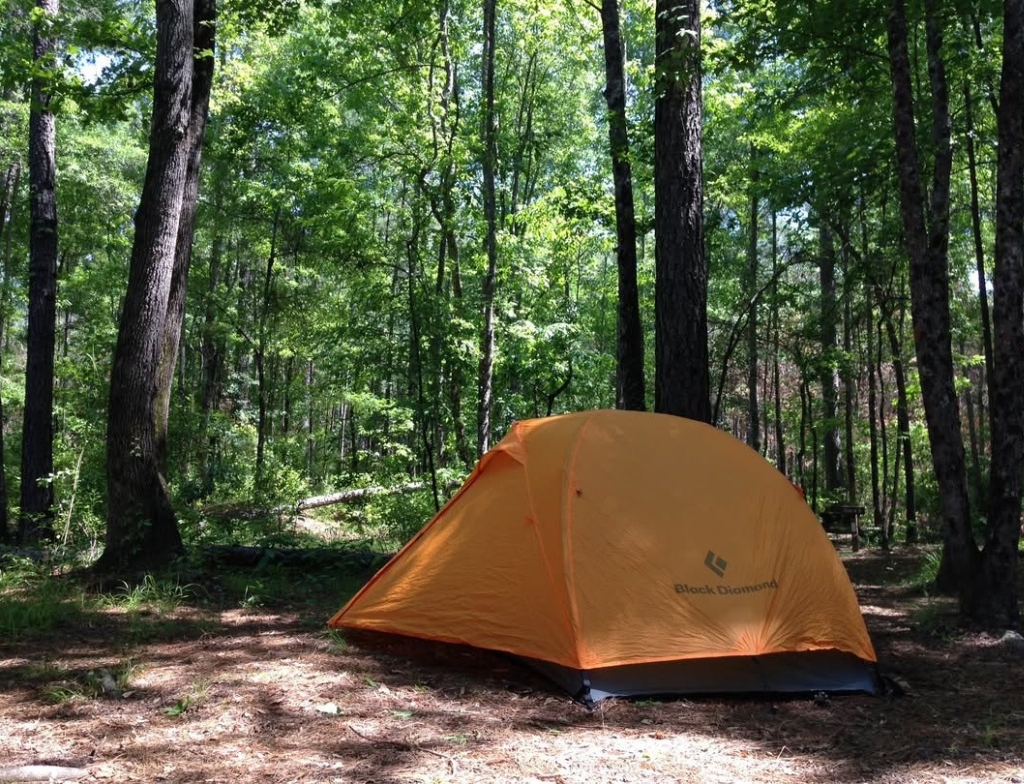
Camping at Congaree National Park is restricted to tent-only setups; vehicles such as cars or RVs are prohibited. There are designated sites available, with 10 sites for individuals or groups of up to 8 people and 4 sites for larger groups of 9 to 24 people. Additionally, a free permit is required if you plan to camp in the backcountry. Portola State Park Campground is another top spot to explore.
Congaree National Park Fireflies
Congaree National Park hosts synchronous fireflies, specifically the species Photuris frontals, for about two weeks each year, typically from mid-May to mid-June. During this period, visitors can experience the unique light displays created by these fireflies.
Congaree National Park cabin
Congaree National Park does not offer cabins for overnight lodging; the only available accommodation is tent camping in designated front-country campgrounds. If you want to stay within easy reach of Congaree National Park, consider private vacation rentals to find the perfect home base for your trip.
Congaree National Park Hopkins Sc
Approximately 18 miles southeast of Columbia, in central South Carolina, is the 26,692.6-acre Congaree National Park. With the largest unbroken area of old-growth bottomland hardwood forest in the Southeast United States, it is home to a diverse range of animals, including bobcats, wild boar, and otters.
Congaree National Park weather
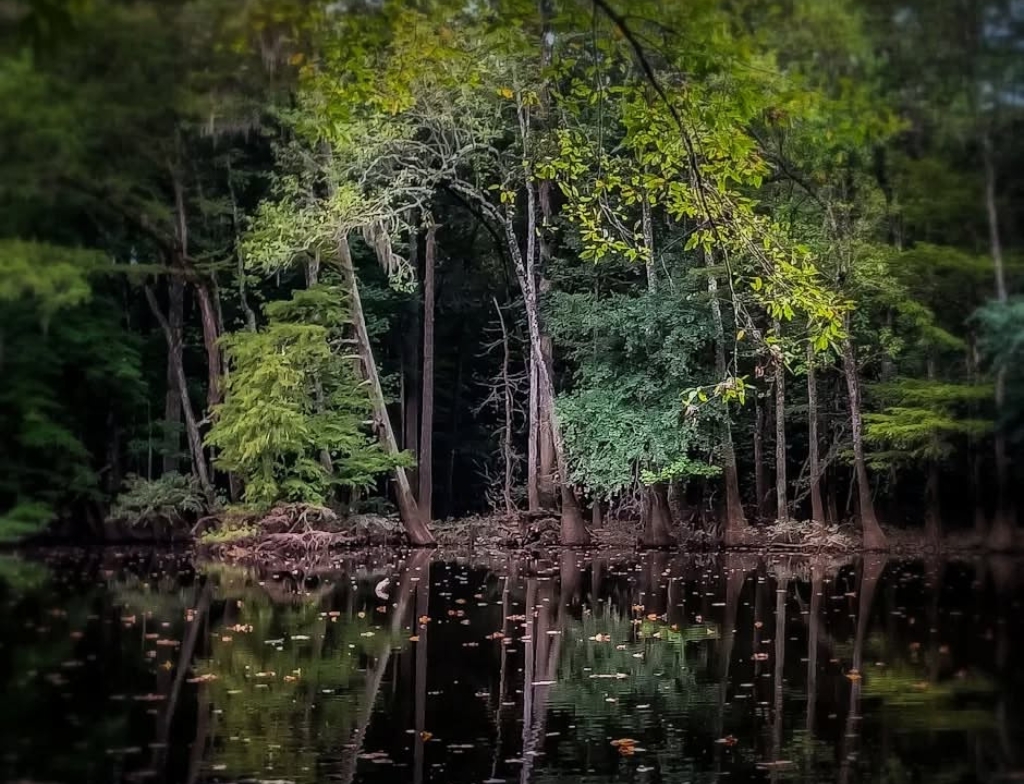
Congaree National Park has a humid subtropical climate with hot, muggy summers and frigid winters. Average daily temperatures range from high humidity to lows in the 30s°F throughout the winter. The park receives steady rainfall all year long, which adds to its lush surroundings. The autumn foliage peaks between late October and early November, making for a lovely sight during that time of year.
Congaree National Park trails
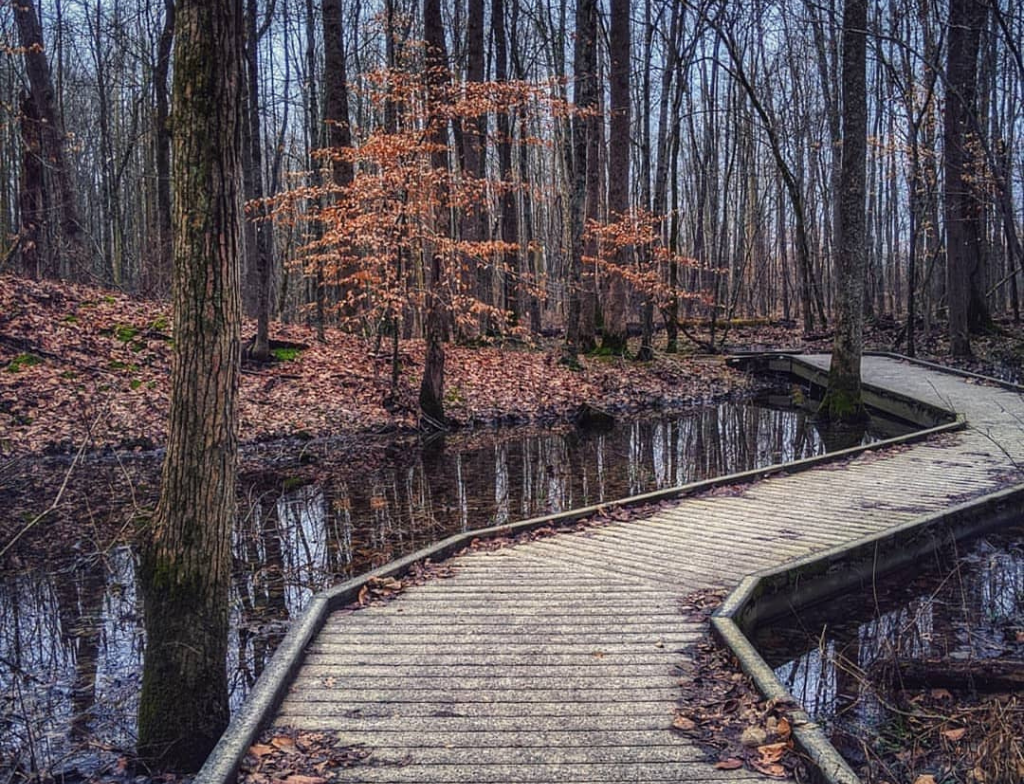
Congaree National Park offers several trails for visitors to explore, with the most popular being the Weston Lake Loop Trail, Other notable trails include the Sims Trail, which connects the Bluff Trail to Cedar Creek and meanders through cypress-tupelo sloughs. In total, there are 8 running trails available within the park.
Congaree National Park Visitor Center
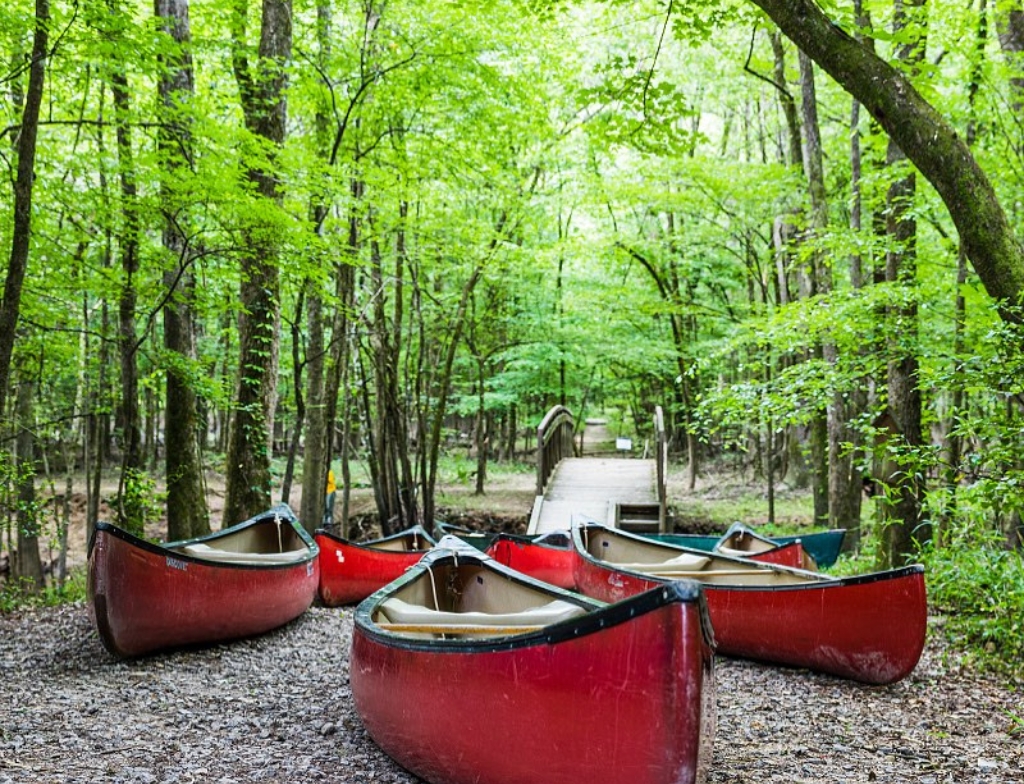
The Congaree National Park visitor center has hours that are different from the park’s 24-hour access. It’s essential to check the park’s official website or calendar for the most accurate visitor center hours, as they may close on certain days. The visitor center provides resources and information to enhance your visit. Catoctin Wildlife Preserve is another top spot to explore.
Congaree National Park map
Congaree National Park reviews
The Congaree National Park generally receives positive reviews. Visitors appreciate the well-maintained and flat boardwalk, making the trails enjoyable and accessible. Many families have reported fun experiences, such as wading through flooded areas of the park. Additionally, guided paddles in the park have been highly praised for their knowledgeable guides and easy booking process.
Places To Stay Near Congaree National Park
There are several lodging alternatives in Columbia, South Carolina, which are close to Congaree National Park. Moreover, These hotels are suggested, TownePlace Suites by Marriott Columbia West/Lexington, SpringHill Suites by Marriott Columbia close to Fort Jackson, Home2 Suites by Hilton Columbia, La Quinta Inn by Wyndham Columbia SE / Fort Jackson, and TownePlace Suites by Marriott Columbia Southeast/Fort Jackson.
Places to Visit near Congaree National Park
Nearby National Park, you can explore Cedar Creek, the Boardwalk Trail, and the Harry Hampton Visitor Center. Additional attractions include Pony Gang Equestrian Services and Kensington Mansion. The area also offers guided canoe tours and fishing opportunities along the Congaree River Blue Trail. Cloudland Canyon State Park is another top spot to visit and hike with friends.
Cedar Creek
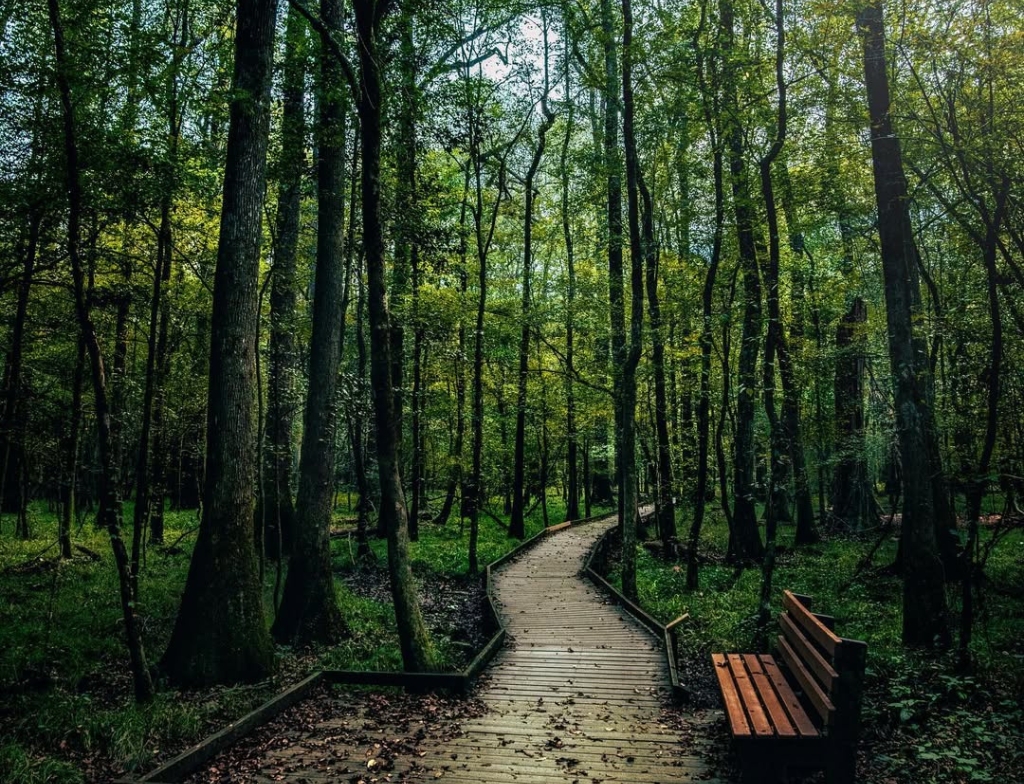
Cedar Creek can allude to several places and subjects. Cedar Creek, located approximately 11 miles west of Bastrop City in Bastrop County, Texas, is a census-designated place. A Cedar Creek field station is also well-known for its ecological studies that investigate the intersection of three biomes.
The Boardwalk Trail
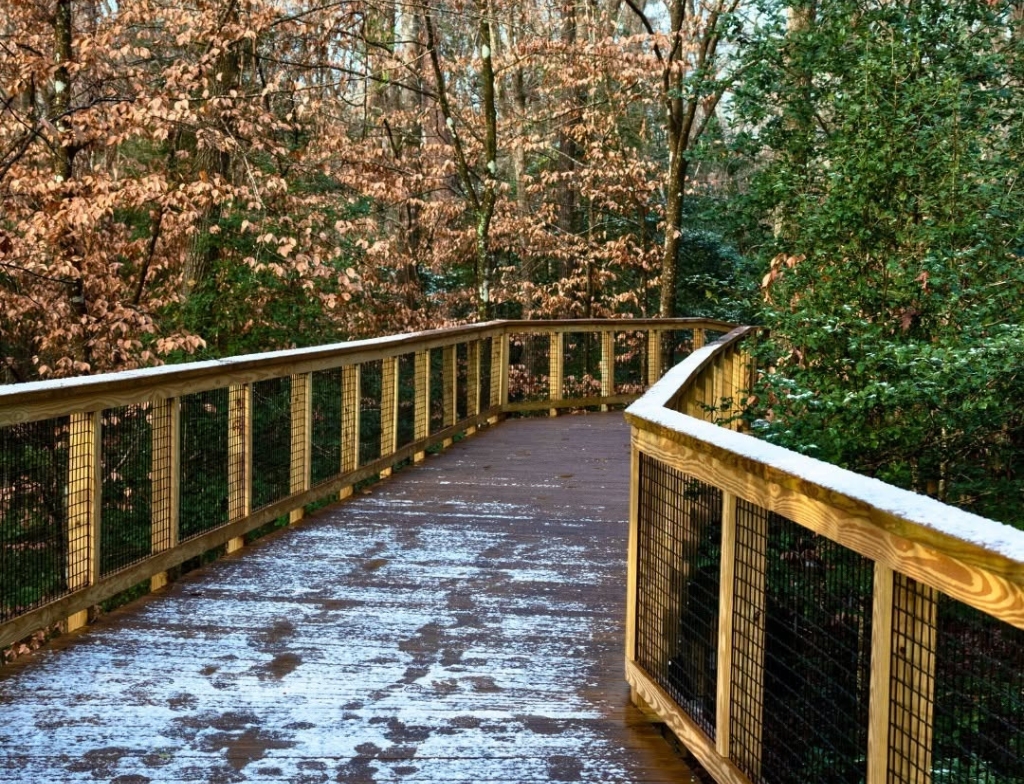
The Boardwalk Trail is a 2.6-mile loop trail that features a flat surface, making it accessible and suitable for a leisurely walk. It includes benches and areas to pause along the way, allowing visitors to do as much or as little of the trail as they wish.
Kensington Mansion
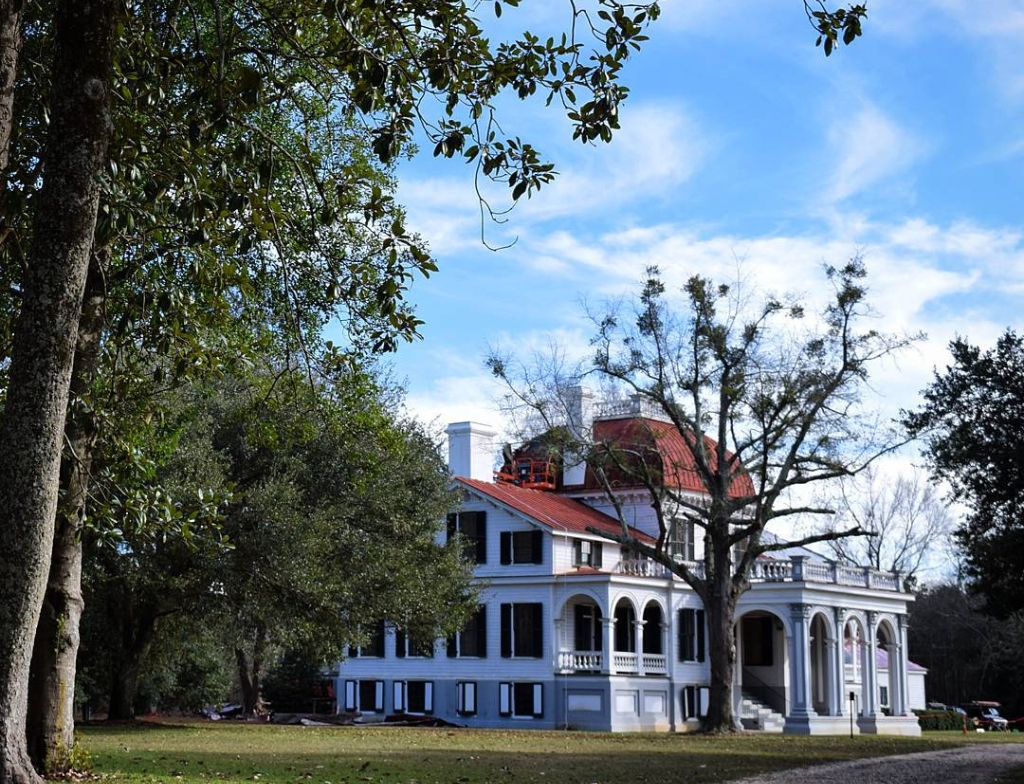
The Headquarters Plantation included Kensington residence, a Renaissance Revival Villa-style residence constructed between 1852 and 1854. It is 12,000 square feet in size and has 29 rooms. However, The mansion is currently only accessible for special events, which are organized a few times a year by the Historic Columbia group.
Congaree National Park Photos
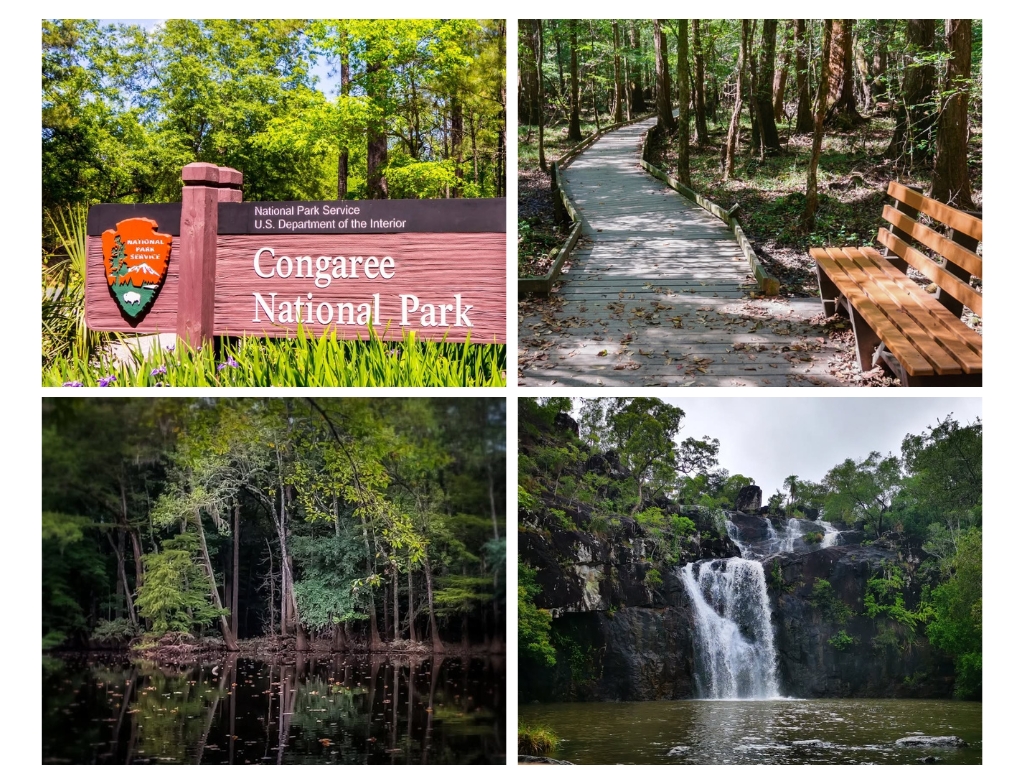
Congaree National Park Hours
The Congaree National Park is open 24 hours a day, year-round. However, the hours for the visitor center differ from the park hours, so be sure to check those separately.
Congaree National Park Tickets
Congaree National Park does not require an entrance pass or ticket for access. Visitors can enjoy the park without any fees.
Congaree National Park Animals
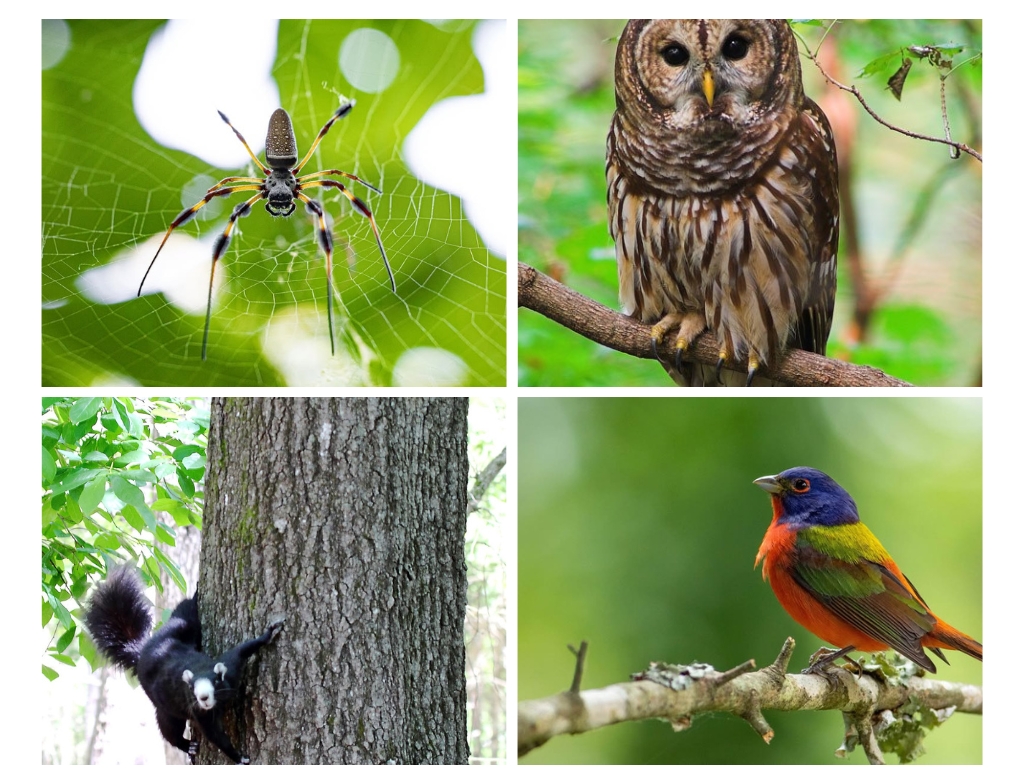
Congaree National Park is home to a diverse array of creatures, such as fish, amphibians, birds, mammals, and reptiles. In addition, The American swallow-tailed kite, wood stork, and bald eagle are among the many priority species. It is a very wonderful place to spend a day.
Conclusion
Congaree National Park in South Carolina is a remarkable place to experience the diversity of the natural world, with a wide variety of plant and animal species, and a history that includes a refuge for enslaved people. However, climate change and the introduction of exotic pathogens could threaten the park’s future. Rising temperatures could affect tree growth and eliminate certain species, while introduced pathogens could wipe out entire stands of giant sweet gums.

